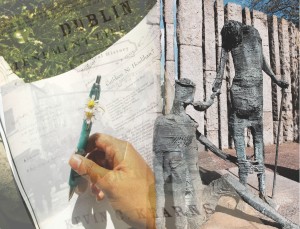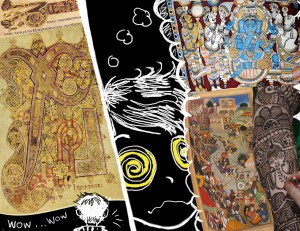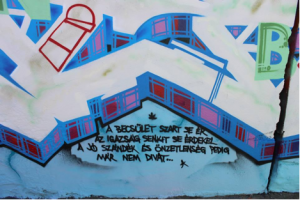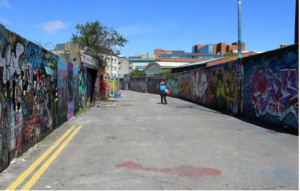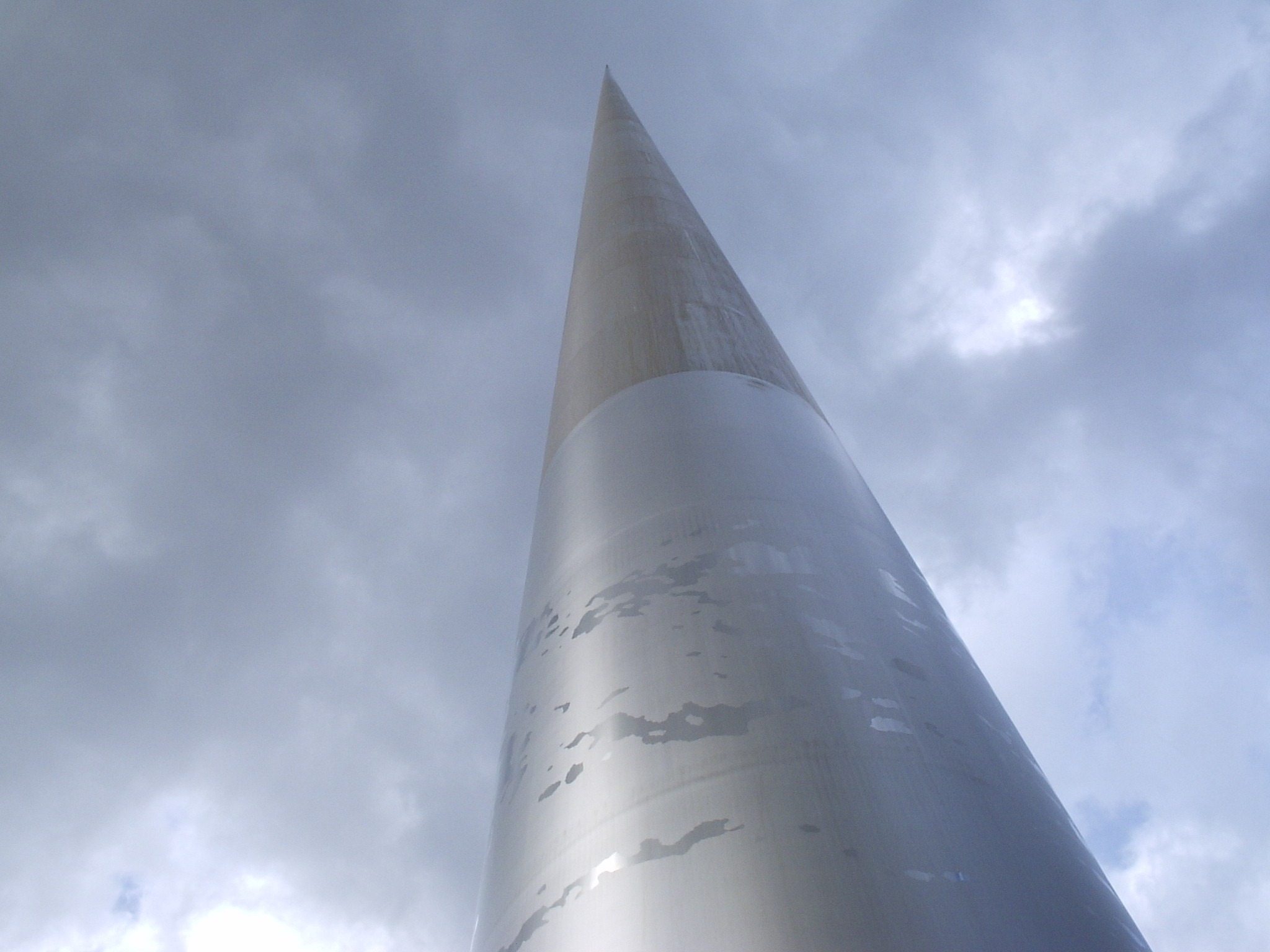Walking to class one day, I saw a piece of street art on Bolton Street that I had walked by nearly every day for the past three weeks without noticing. It was a painting of a robot on some sort of electrical-looking box. I had never paid much attention to it, thinking this was just a piece of mindless graffiti, until I noticed a yellow flyer on the side of it that posed an evocative question: “Is art here good?” Curious as to where this question stemmed from, I did some research on the group mentioned on the flyer: the Dublin Beta Project.
I looked up the website for this group, whose aim is to beautify the city of Dublin. I found the project I was looking for and discovered that this was an attempt to beautify a typically mundane item: the boxes that powered the traffic lights at intersections all over Dublin. These boxes are normally grey and prone to “tagging” by hooligans and youngsters. This project aimed to turn these eyesores into something creative. The site provided a map that listed the locations of the decorated traffic light boxes. Not having access to a printer, I hand-drew a map of the area and labeled the locations of all these art pieces, anticipating the day when I would have the free time necessary to walk the whole route and photograph these pieces of art.
Finally, an afternoon came around when I had nothing planned for a few hours. I decided to set out to find all these decorated traffic light boxes. It was a lovely day for a stroll, as long as your idea of “a lovely day for a stroll” is a day when it is cold and windy and raining heavily. I left my apartment armed with only my camera, my hand-drawn map, a pen, and (fortunately) my umbrella. I set out down Bolton Street, where the first piece I encountered was the familiar robot. From there I went down Capel Street, where I came across a thought-provoking box that stated, “Nothing happens until you…” This prompted me to think of how to finish this statement. The answer that immediately came to mind was “explore,” which then encouraged me to continue on my journey. Going on from there, I came across boxes painted to look like a bookshelf, a variety of faces, a man walking his dog at the spire, a video game, a man with a ladder into the clouds, a mystical woman, a bear smoking a bubble pipe, some abstract graffiti, and some 3-D blocks.
All of these images were unique and compelling. Each one evoked a completely different feeling. So far, this is my favorite piece of collaborative artwork I have ever seen. I love that this is a series of beautiful pieces of artwork with an adventure built in. To answer the question posed by the first piece of art, “Is art here good?” the answer is most certainly, “Yes, it’s feckin’ grand!”
For photos of all of these traffic light boxes, including the flyer and an unpainted traffic light box, click here:

